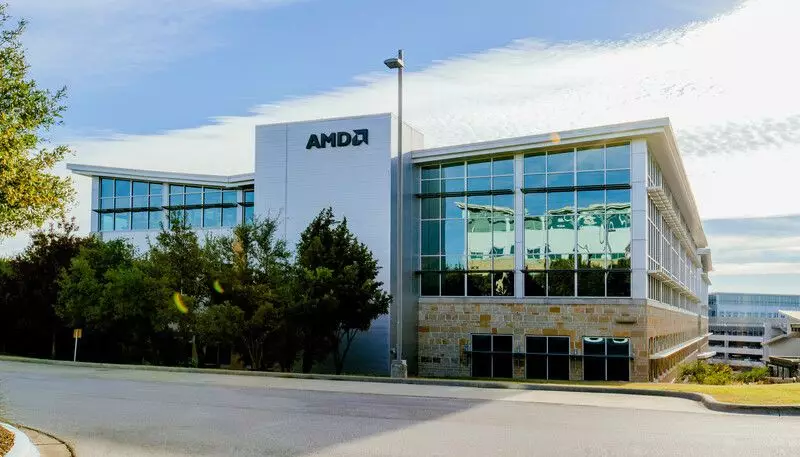The recent announcement from AMD regarding a layoff of 4% of its global workforce has sparked significant conversation in the tech community. This decision indicates a reduction of approximately 1,000 positions at a time when the company has recently reported record revenues. With an employee base of around 26,000, this move raises questions about the future directions of AMD and the motivations behind these decisions.
The confirmation came after various posts began surfacing on AMD-focused message boards like Team Blind, indicating that workers from different teams were facing job losses. Such forums often serve as a bellwether for impending changes within companies, since employees may discuss their experiences and share information before official announcements are made. AMD’s statement indicated that the layoffs are part of a broader strategy to “align resources with our largest growth opportunities,” leading many to speculate about where the company intends to focus its efforts moving forward.
What stands out is the apparent pivot towards artificial intelligence (AI). The tech landscape is rapidly evolving, and AI’s prominence is becoming increasingly undeniable. By realigning resources toward this burgeoning sector, AMD appears to be positioning itself against competitors like Nvidia, who currently dominate the datacenter GPU market. This strategic shift suggests that AMD is not only looking to adapt to current technological trends but is also preparing for the future where AI is likely to take center stage.
One of the more troubling aspects of the layoffs is the potential impact on AMD’s gaming division. Recently contributing a mere 6.8% to the company’s overall revenues, the gaming segment may be viewed as a less critical area for growth. With console custom chips for major platforms like the Xbox and PlayStation as part of its gaming division, the diminishing financial return raises red flags. If AMD is indeed prioritizing AI over gaming, this could signal a significant strategic shift away from a sector that, although declining, has historically been one of its strongholds.
The broad nature of these layoffs adds a layer of uncertainty. Unlike a targeted cut that focuses on underperforming departments, a more widespread reduction may indicate a lack of clarity within the company’s vision. The ambiguity raises concerns about the capacity of teams left unaffected and whether they can adequately manage the increased expectations without strain. This distillation of talent may disrupt workflow and innovation, leading to further difficulties in meeting anticipated market demands.
When contextualizing AMD’s layoffs, it is useful to consider what competitors like Intel are doing in this atmosphere of job cuts. While Intel has announced that it would lay off 15,000 employees—amounting to 15% of its workforce—AMD’s decision reflects a different scale of impact due to its smaller employee base. Such comparisons highlight not only the challenges faced within these companies but also serve as reminders of the competitive pressures in the tech industry.
Despite the structural changes within AMD, its recent record in revenues, bolstered by emerging sales in the AI GPU sector, indicates that the company still maintains a strong market presence. Nevertheless, the dip in share prices following the announcement reflects the stock market’s skepticism regarding AMD’s near-term future amidst these transformations. Investors are understandably cautious, especially given the less optimistic guidance for the fourth quarter of 2024 released alongside the layoff news.
The layoffs at AMD encapsulate the complexities of navigating a rapidly changing tech environment. While the choice to redirect focus towards AI aligns with broader market trends, it poses inherent risks. Historically, AMD has been known for its innovation in various segments, and it is crucial that any reductions in workforce do not dilute its capacity to create and evolve.
As AMD embarks on this transitional phase, it will need to ensure that the potential benefits of realigning its resources outweigh the inevitable human costs associated with such decisions. The hope moving forward is that these strategic shifts will not necessitate further layoffs, and that the company can successfully harness its talents to capitalize on future growth opportunities in the AI domain.


Leave a Reply